5 Rules to Follow So You Don’t Screw Up Your Latkes
With these five rules under your belt, friends and family will be asking for this classic holiday treat year-round.
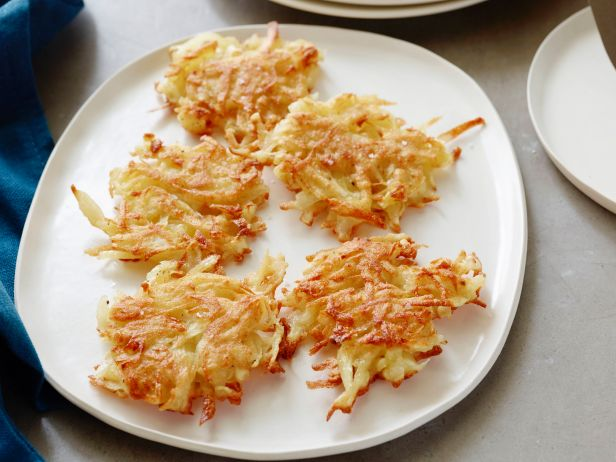
Fried potatoes are unassumingly a good thing, but give those fried potatoes a name — french fries, hash browns, home fries — and expectations rise. Call them a latke and most people will expect the light, crisp shredded potato patty noshed on during the holiday season. Observe these five rules for latkes worthy of tradition.
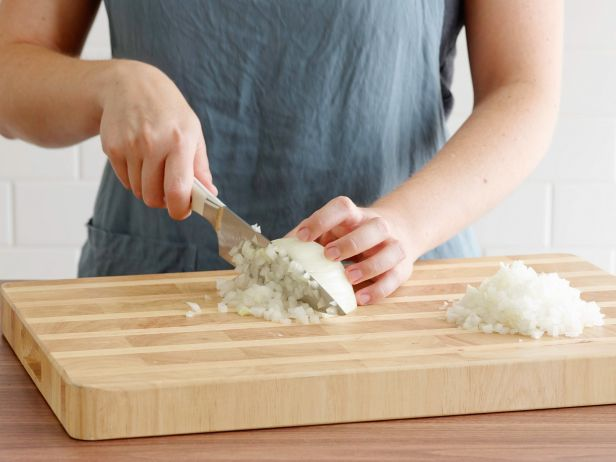
Rule 1: Grate or Finely Chop the Onion
Both are good, but the point is to break down the onion into very small bits; no one wants a surprise chunk of raw onion in their latke. For maximum onion flavor and truly crisp, golden-brown results, chop the onion — don’t grate it. Grating onion turns it into a watery heap, resulting in the sweetness of the onion being drained away (during the latter, most-necessary step). By chopping the onion — and finely, at that — the flavor remains and doesn’t add moisture to the mixture.
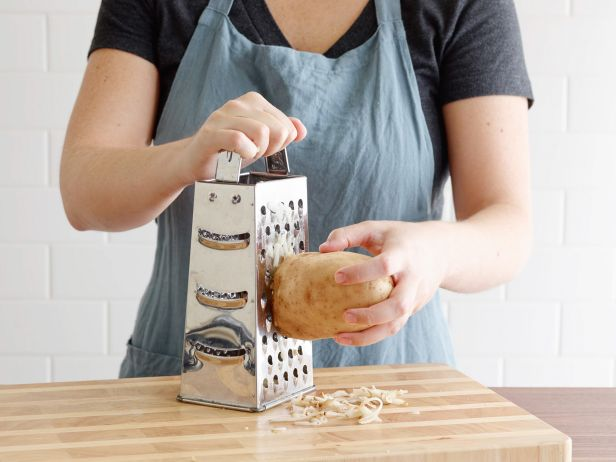
Rule 2: Prep the Potatoes Last
Whether you use a food processor or a box grater is a matter of personal preference or family tradition, but consider leaving the peel on for additional texture. Most importantly, however, whatever you do, save the potato prep for the very end to stave off the oxidation process that leads to potatoes discoloring.
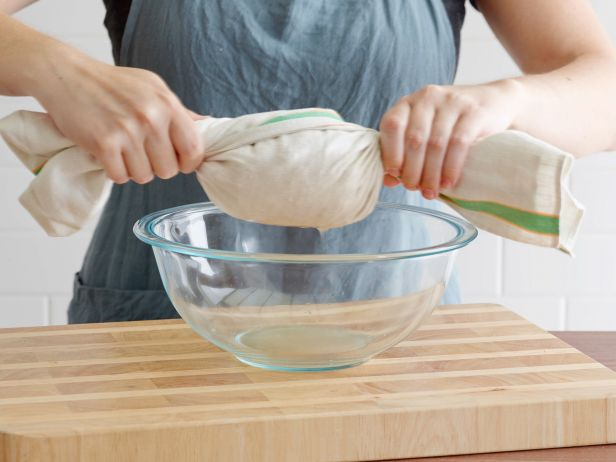
Rule 3: Wring Out the Excess Moisture
Once the mixture is combined, transfer it to a clean kitchen cloth and wring the mixture dry, extracting as much excess liquid as possible. This is the most-important step to developing that coveted golden crust.
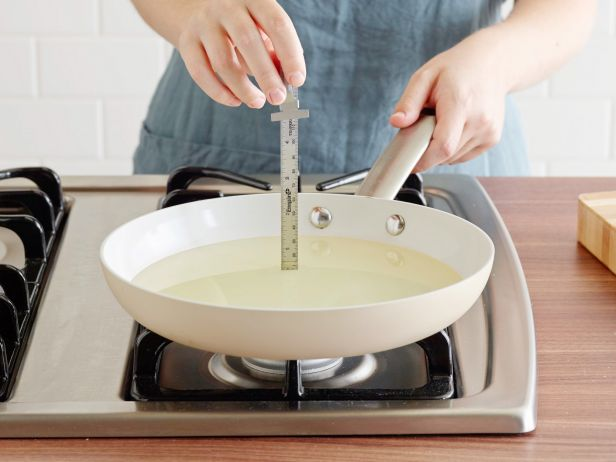
Rule 4: Use at Least a ½ Inch of Hot Oil
Too little oil and you’ll likely end up unevenly cooking the latke, resulting in both burned and soggy bits. Don’t use too much, either, as the amount of oil helps retain the pancake shape. Lastly, be sure it’s hot, to prevent the mixture from sitting around soaking up oil; a test bit of batter should sizzle immediately upon being dropped in the oil.
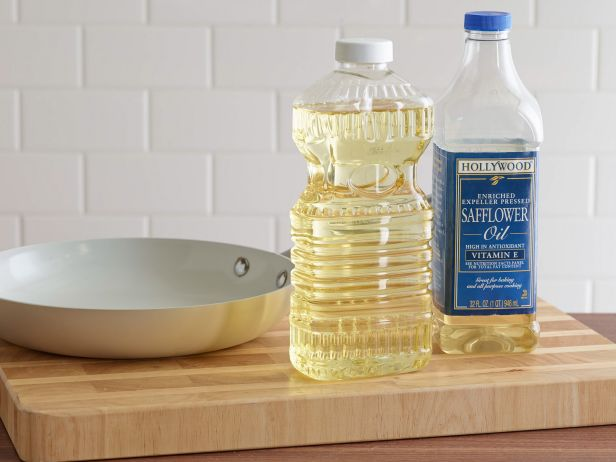
Rule 5: Fry with Vegetable or Safflower Oil
When frying latkes, you want an oil that has a high smoking point and won’t impart too much flavor. A high smoking point ensures that the oil won’t break down after exposure to too much heat. Olive oil has a low smoking point. Coconut and peanut oil have high smoking points, but they aren’t as neutral flavorwise as vegetable or safflower oil. Using clarified butter works just as well. For more on frying with clarified butter, see Ina Garten’s Potato Latkes recipe.
By Teri Tsang Barrett
More from Food Network:
